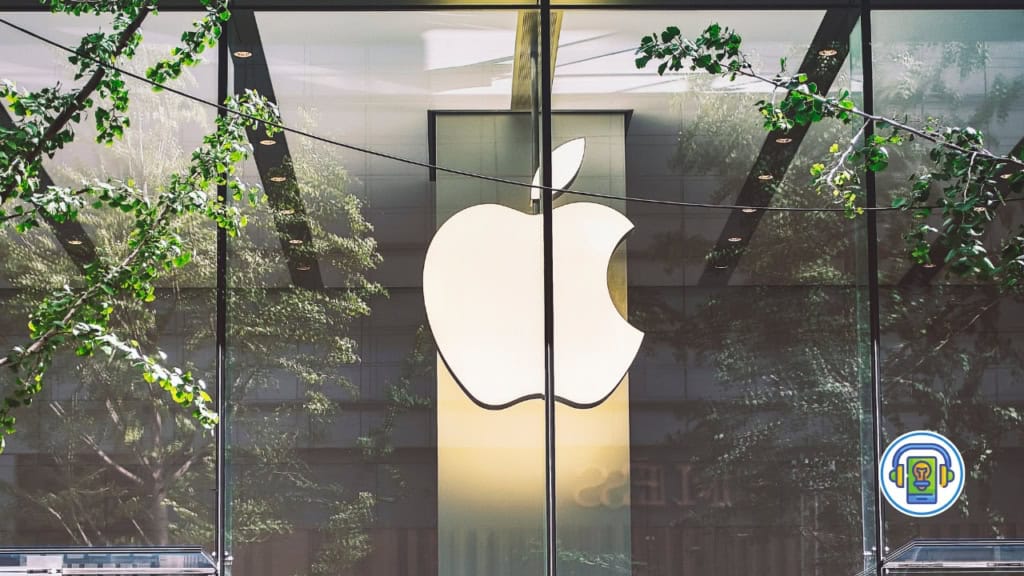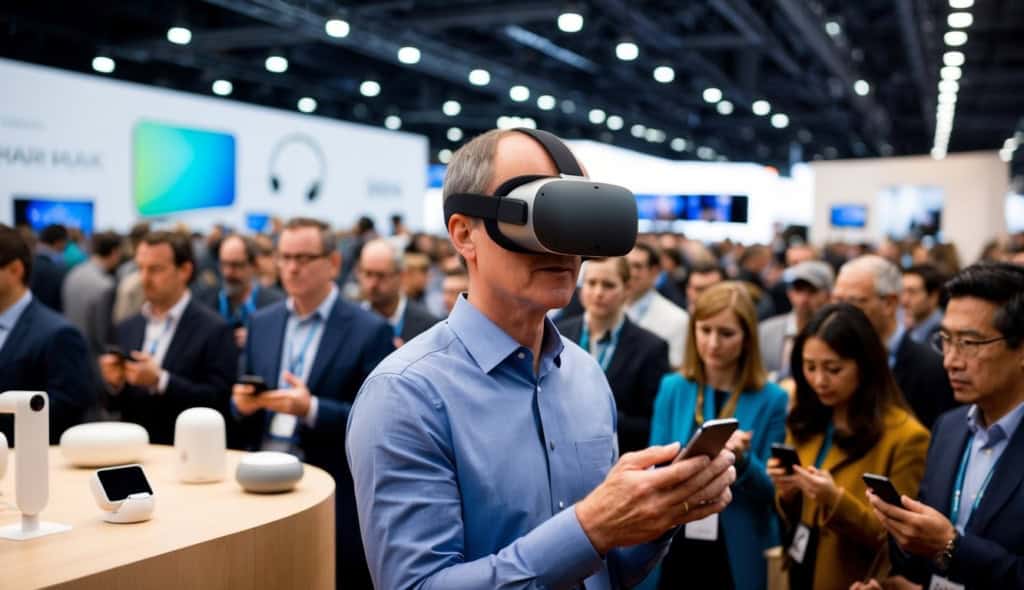Beyond iPhones: Apple’s Strategy to Conquer New Product Categories
With Vision Pro and smart-home devices in the spotlight, Apple is chasing innovation — but not without risks.

Apple’s Newest Gamble: Headsets and Smart-Home Devices
For years, Apple has been synonymous with groundbreaking innovation, often leading the charge into uncharted technological territory. But even giants stumble when navigating the treacherous terrain of new markets.
Today, Apple is channeling its resources into two promising, albeit challenging, product categories: headsets and smart-home devices. These ventures are as much about expanding their ecosystem as they are about securing future growth in a rapidly shifting tech landscape.
The High Stakes in the Headset Market
The Vision Pro headset, Apple’s audacious foray into mixed-reality tech, came with high hopes and an eyebrow-raising $3,500 price tag.
Promoted as a device that blends virtual and augmented reality, it boasted cutting-edge features but faced a skeptical audience. Early reviews were mixed, with praise for the technology tempered by concerns about its cost and utility.
Apple’s journey into the headset market reveals an uphill battle. Competitors like Meta and Sony have already carved out significant market share, offering affordable and polished products. Moreover, consumer adoption of mixed-reality devices has been slower than many in the industry predicted.
Apple must not only sell a premium-priced gadget but also make a compelling case for why everyday users need it. Early sales figures suggest this is no small task, highlighting the steep learning curve that even a tech titan faces in breaking into established markets.

The Vision for a Connected Home
Parallel to its headset push, Apple is doubling down on smart-home devices. These products aren’t just gadgets—they’re pieces of a larger puzzle to make homes smarter and lives simpler.
The company’s goal is clear: create an ecosystem where every device seamlessly interacts. Whether it’s an Apple Watch turning off the lights or an iPhone unlocking the front door, the vision is of a future where Apple’s presence in daily life is ubiquitous.
Here, too, the path forward is riddled with challenges. Competitors like Amazon (Alexa) and Google (Nest) have long dominated the smart-home space, offering affordable, widely compatible solutions.
Apple’s historical focus on premium products could limit its reach in this cost-sensitive market. But with its reputation for polished user experiences and robust privacy features, Apple hopes to carve out a niche among consumers willing to pay for premium security and functionality.
Learning from Past Ventures
These ventures aren’t Apple’s first foray into new frontiers. The company’s recent decision to shelve its car project, a much-hyped initiative to revolutionize autonomous vehicles, illustrates the perils of venturing too far outside one’s expertise. While abandoning the car project was a prudent move, it underscores the risks inherent in diversification.
The Vision Pro’s reception has been another lesson in humility. While Apple is no stranger to slow starts—remember the original Apple Watch’s rocky debut?—the stakes feel higher now. With iPhone sales plateauing, the company’s need for successful new products is more urgent than ever.
The Role of Leadership
Much of this transitional era for Apple falls under the watch of CEO Tim Cook. Known for his operational acumen, Cook has steered the company toward diversification without abandoning its core values.
His focus on ecosystem-driven innovation is evident in both the Vision Pro and smart-home initiatives. Yet, these bets could define his legacy as much as any iPhone or MacBook.
Why This Matters
For Apple, breaking into these markets isn’t just about gadgets; it’s about sustaining growth in a world where its flagship products may no longer dominate.
By focusing on headsets and smart-home devices, Apple isn’t just exploring new categories—it’s attempting to redefine how its ecosystem integrates into consumers’ lives.
Whether these gambles pay off remains to be seen, but one thing is certain: Apple is not content to rest on its laurels.
Source: https://www.businessinsider.com/apple-future-product-lineup-starting-to-come-into-focus-2024-11